Monthly plant magazine. April
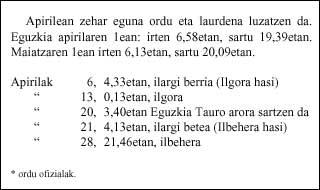
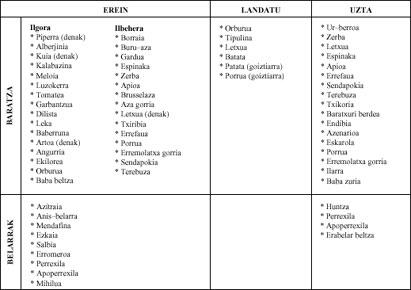
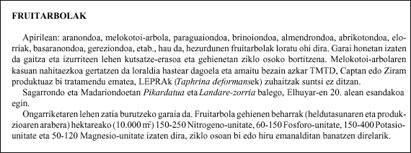
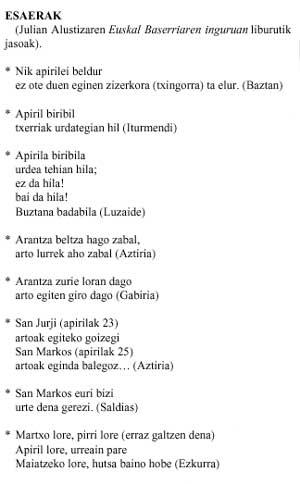
CURIOSITY
Do you have to bear the fruit every two years?
It is believed that apple, like other fruit trees, can only give apple every two years. And I don't think so.
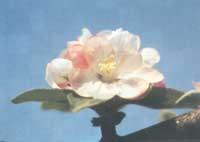
When the apple tree forms the natural cycle (that is, when in this cycle there is no significant participation of the human being), the custom of the tree is to give small and few fruits the following year after having given a huge apple production in a year, giving much again in the next. The reasons for this trend are very simple:
- If a year is produced a lot of apple, the apple tree suffers a lot taking forward that harvest. It has to bear great burdens and the following year rests a little.
- The seeds contained in the fruit produce substances that inhibit or reduce flowering the following year. Therefore, the more fruits are given in one year, the less flowering in the next and vice versa.
If apple production is achieved approximately the same each year, the farmer would benefit from a lot of advantages:
- Increase by 40% the total production of an apple tree throughout its life.
- Control the market and prices (remember the problems we have with cider apple: one year without apple and the next year without being able to sell it).
- Improve the caliber and composition of the resulting apples (higher amount of sugar, etc.)
Two control systems:
Manual winding

This system is very precise (we can calculate how many fruits we will leave in each tree for the production we want), but it greatly increases the costs, since it takes between 200 and 300 hours per hectare.
Chemical insulation
Inside the fruit are used products that prevent the development of the seeds that grow, falling the weakest fruits and continuing with the strongest. Products used: Naphthalenacetic acid (ANA), Naphthalenamide (NAD) and Carbaryl. Treatments will be performed depending on the variety of apple. The application of the treatment is done so many days (18-14) from the fall of the petals or measuring the average of the diameters of the fruit (Golden Apple 9-12 mm, Royal Apple 8-11 mm), but always before the number of seeds inhibits or reduces the flowering of the following year.
The most appropriate treatment is the use of two isolation systems: a light chemical treatment (with a weaker dose than necessary) and once frost has been overcome, once the manual rinse operation is finished.
Chemical insulation requirements
- It is done during the morning, since the ultraviolet rays of the strong sun can cancel the product before passing into the fruit.
- The product must be empty, that is, unmixed with medicines or foliar fertilizers.
- Do not treat trees under 5 years as it may be toxic.
- The ideal temperature is 15-18º, but we can treat it above 10º.
- If among the apple trees predominates a variety, become aware of their behavior, since not all respond equally.
- Moisture increases the effect of treatment and reduces dry air.
- The situation of the tree is also important, with greater isolation in the fragile ones. Weaker insulation also occurs in the stronger parts of the trees.





